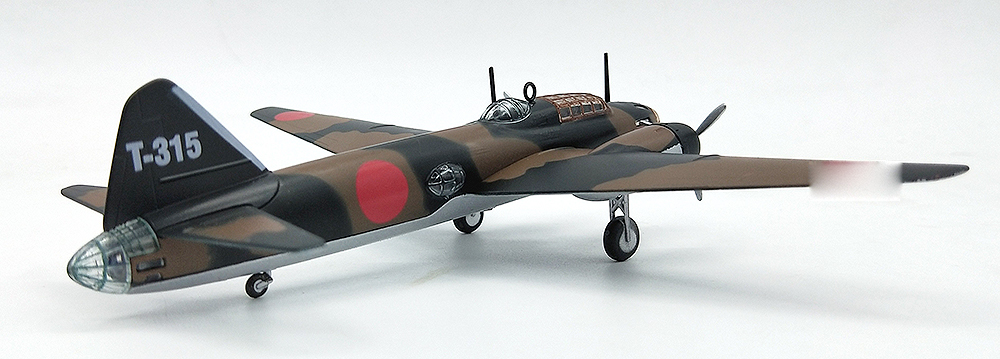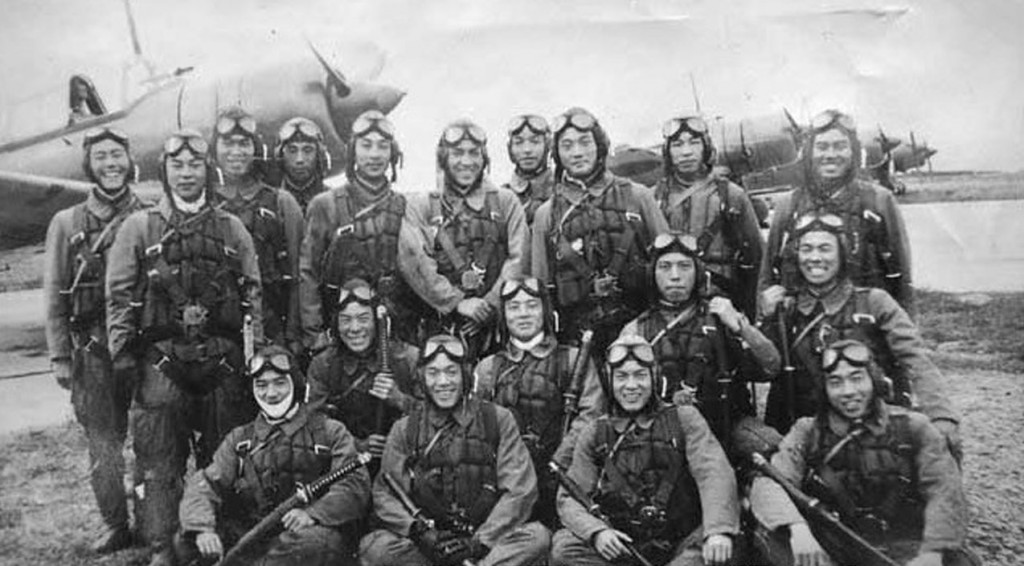

Within a minute, hundreds of men swarmed under it like ants and lifted it up on a dolly.Since the end of World War II, the aviation press has made the North American P-51 Mustang into the superstar Allied fighter of the war. On still another occasion a fighter, probably damaged in combat, landed so flat during a crash landing that it could not be moved normally. But in seconds the man in the asbestos suit had grabbed him out and he was on his way to sick bay in good shape. I was sure that the pilot would be lost since he was engulfed by flames. On another occasion I watched an airplane catch on fire as it stopped near the barrier. The destroyer behind the ENTERPRISE picked him up unharmed. He jumped so vigorously that he dived completely past the whole net and made a perfect swan dive of 65 feet. The airplane responded slowly and headed directly for Bert, He dived for the safety net. From Vultures Row I watched LSO Bert Harden signal a plane to take a wave off because the aircraft was too slow. I spent some time there watching new pilots land.Ī safety net perhaps ten feet wide was placed a few feet below and abaft of the LSO. If he stood up you had better do something quickly. He never wasted a film or missed an accident. Pilots making a landing soon learned to take a quick look at the photographer perched on the top deck of the island structure. The pilot was recovered by a destroyer and returned to Pearl. Duty completed" and the time was one second later. The next item was almost exactly identical except "Detached. Scuttlebutt had it that he ordered the ship's log book to read, "Lt.(j.g.) Blank reported aboard" followed by the exact day, hour, minute and second of the incident. His plane bounced on the deck and over the port side. On the next try he was given a "wave off" but took a "cut". His first six attempts were total fiascos. On one occasion an F4F pilot was ordered to report on the ENTERPRISE if he successfully made his carrier landings. Then all he had to do was watch the LSO's flags and go slower, faster, higher or lower, and finally make a "cut" or "wave off".

He then made a semi-circle, keeping his eye on the Landing Signal Officer(LSO). His speed was about five knots above stalling speed and his altitude a few feet higher than the deck of the ship. The pilot started downwind as he came abeam of the stem of the ship.

The British called our carrier landings "controlled crashes," but they were not all that difficult. They were quickly replaced with good ones. A few days after WW II started, a remotely controlled drone target passed back and forth over the ship, unscathed for half an hour, with all anti-aircraft guns blazing. It was the only ENTERPRISE equipment which didn't perfonn except the original anti-aircraft guns. He felt the lack of a "jolt" and stopped a couple of feet short of the edge of the deck. An experienced pilot in an SBD was launched. The ship had a hydraulic catapult located on the hangar deck, on the port side, 35 feet above sea level. I do not believe in ESP but I do believe in awareness of familiar things beyond normal perception. To this day I do not have the faintest idea of what was wrong. His engine failed, he crash landed just ahead of the ship, and was picked up by a destroyer.
#Japanese ww2 pilot lands with half wing full#
I again gave full power and the gages said OK, but I still downed the plane.Ī younger pilot replaced me and took off. Chief Dodge, probably the best aircraft engine man on the ship, ran up for a look. All the gages read perfectly, but I gave a thumb's down. I turned down (refused) only one ENTERPRISE plane as I poised for take off. He somehow managed to remove the unlocking pin, under the control stick, before crashing.

Later he confided that he had taken off with his controls fully locked. One day while I was watching on deck I saw a young pilot almost REALLY touch the waves ahead of the ship. Then it reappeared, picking up speed, getting a boost from a 65 foot deck and "ground effect" between wings and water. Less than half of that length was usually available for Scouting Six because the TBD's of Torpedo Six and the SBD's of Bombing Six were always in the pack behind us.įrequently we watched a bomb-laden SBD drop out of sight as its take off run passed the bow of the ship. The ENTERPRISE flight deck was 109 feet abeam (including the island) and approximately 800 feet long. The following story appears courtesy of and with thanks to Captain Kleiss and Jeff Burton.


 0 kommentar(er)
0 kommentar(er)
